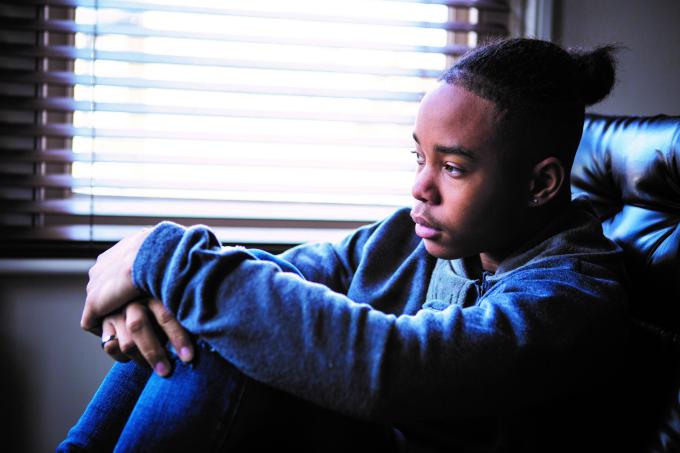Grooming is deliberately befriending and establishing an emotional connection with a child with the intention to abuse and exploit them. People who groom children often foster feelings of guilt and shame in them to help make them believe they love their abuser.
We support thousands of children and young people who have experienced sexual abuse, including grooming. We also provide consultation and training to people who want to learn from the experiences of our frontline project workers and the children and young people we support.
When the makers of soap opera Emmerdale wanted to feature a storyline which involved the character of Maya, grooming her boyfriend’s 16-year-old adopted son Jacob, we shared our expertise. Our Better Futures Cymru service worked with them to tell this story authentically. We arranged for their researchers, story team and actors to meet with experts and some of the young people supported by Better Futures Cymru. Sessions focused on helping them to understand how the characters would feel and behave and common tactics used by people who groom children.
Grooming is a highly complex and manipulative process. In order to help protect children from grooming and exploitation, we need to understand the grooming process and how abusers like Maya operate in the real world.
Here we share some of the information about the tactics used by abusers who groom children.
Tactics used by people who groom children
Grooming can take many different forms, it doesn't follow a specific path. It can be phased or gradual and take place over varying periods of time.
When abusers befriend and groom a child, they create emotional ties that lead the child to believe that they’re in a loving ‘relationship’ with their abuser. A bond is formed and the child may experience extreme feelings of guilt born from a desire to be loyal to their abuser. Victims may also feel shame and may be made to feel that they have led their abuser on, and are the ones to blame for their abuse. These feelings of guilt and shame explain why vulnerable and confused victims might believe they love their abuser.
Other tactics used by those who target or groom to sexually abuse or exploit may include:
Identifying a victim
All children are at risk of being criminally exploited. However, some young people may be more likely to be targeted because they have more unmet needs that exploiters will use to manipulate and control them.
Gaining the victim’s trust
The groomer gains their victim’s trust by working out what their needs are. They will particularly draw on a child’s feelings of loneliness, their need for care and their desire to be loved.
Filling a need
The groomer may then fill the void in the child’s needs. They may provide drink, drugs, somewhere to stay and thoughtful gifts – but most significantly, the groomer will make the child feel loved, special and understood.
Isolating the child
The abuser may encourage the child or young person to cut contact with friends and family. Damaging or breaking relationships with family and friends creates a sense of ‘us and them’. The groomer can then assume a protective and understanding role to fill those voids.
Sexualising the relationship
After emotional attachment and trust has been established, the groomer looks to sexualise the relationship. They may desensitise the child by talking about sex, watching pornography and having sexual contact.
Maintaining control
Once the sexual abuse has begun, abusers use secrecy, blame and threats to manipulate the child into silence and participation. Threats may be made against the child’s family and friends. The abuser may also threaten to circulate indecent/abusive images of the child.
What to do if you think a child is at risk of harm
If you think a child is being harmed or in immediate danger of being harmed, dial 999 or contact your local authority social care department, or the NSPCC.
Find out where else to get help if you're worried about a child.
If you are worried that a child may be being sexually abused it is important that you share that concern, the information you have may help professionals to build a picture about what might be happening to a child and help them.

Child sexual abuse and exploitation
Learn more about child sexual abuse (CSA) and child sexual exploitation (CSE) from our experts who work in this area.

Support after sexual exploitation: how Barnardo’s helped Lisa
Lisa, 10, was coerced into sharing indecent images of herself. Read how we supported her and her family.

Six things you should know about child sexual abuse
All children are at risk of abuse, as adults are role is to try and protect them. Read our experts' list of things that could help you keep a child safe.

